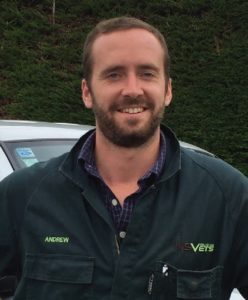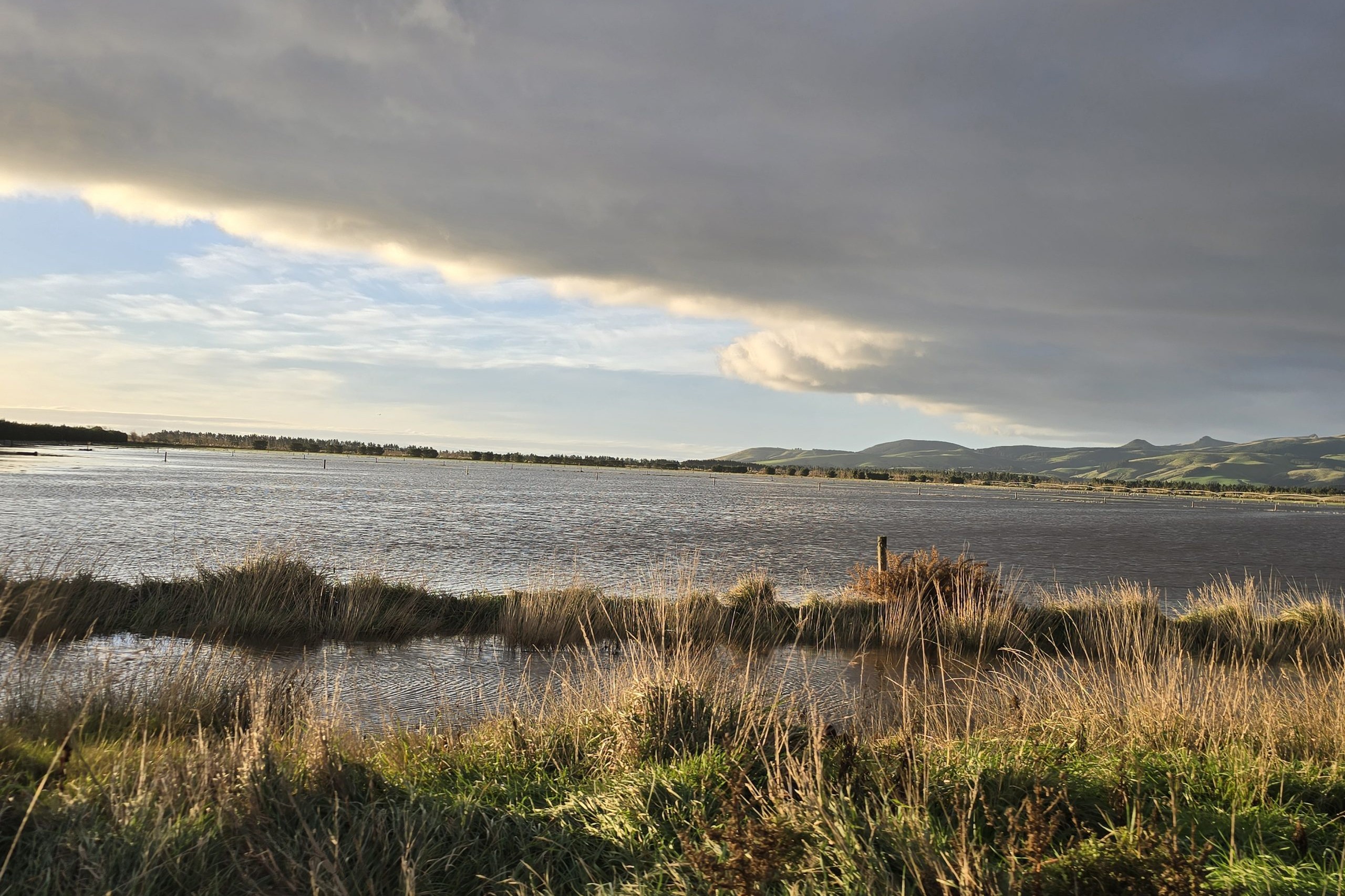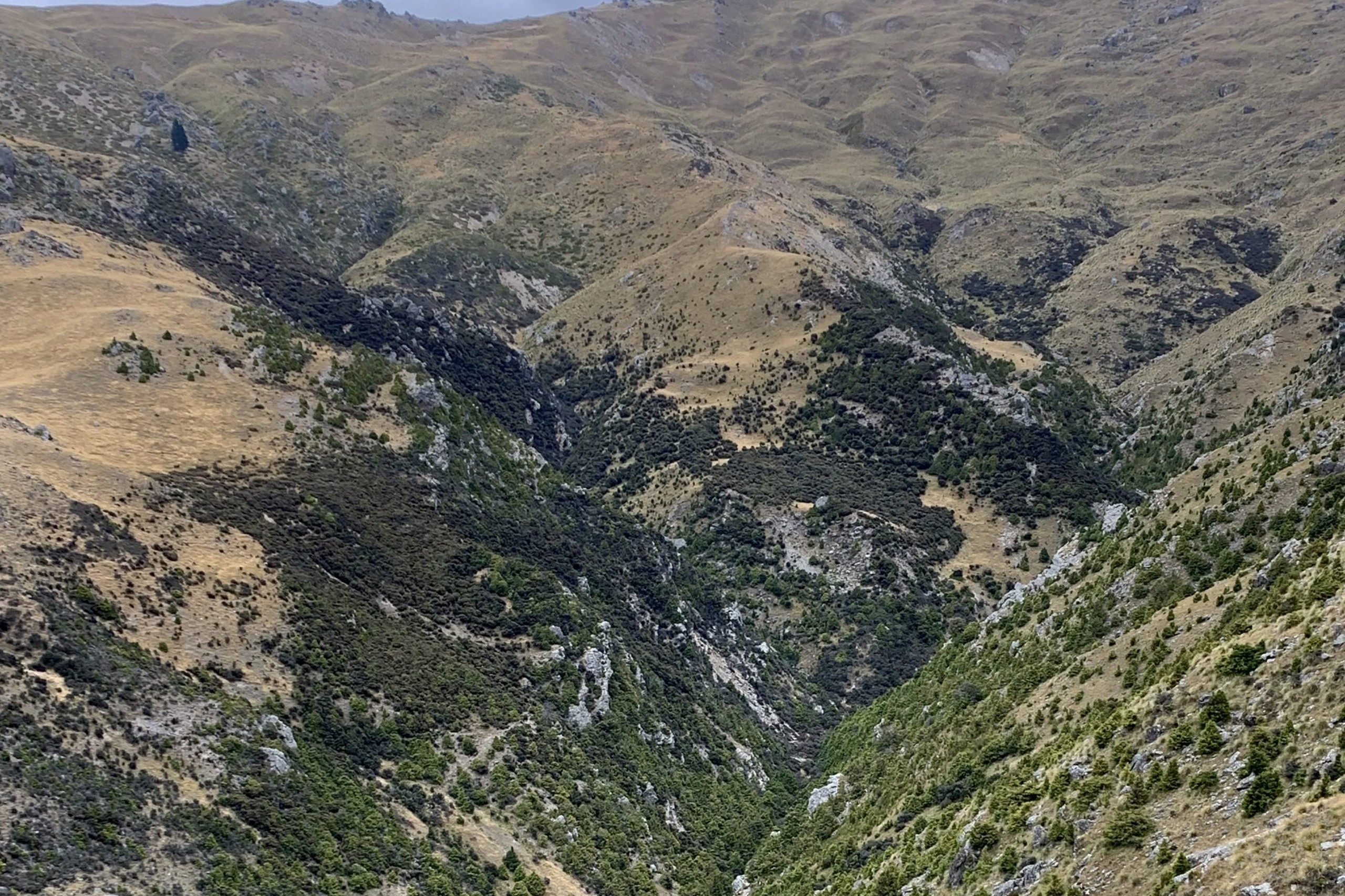Andrew Cochrane

As a veterinarian in northern Southland I have the privilege of being able to visit a large variety of sheep farms, from largescale properties with 50,000 stock units down to small family-run blocks with 1500 stock units or less.
Regardless of size, the performance or success of these sheep can be measured in similar ways – lambing percentage, weaning weights, carcase weights, to name a few. But when any of these measures perform poorly, the vet will often be one of the first to get a call.
Recently it has been because of poor scanning results and soon it will be for poor lamb growth but regardless, farmers are often quick to look for a reason outside their control, it’s human nature to do so.
A common request is to blood test for mineral deficiencies and almost always it’s not the cause. So what is the cause?
Fixing a feed problem isn’t always easy – supplements can be expensive and grazing difficult to find. The key is identifying there is a problem and acting early in order to break the cycle.
In my experience, 90% of the time poor performance can be directly attributed to feeding – feed demand (for the performance targeted) is not being met by feed supply.
Now this isn’t a personal attack on farmers and I know that feeding can be difficult – climatic events can have a huge impact as can pasture pests. The issue I have is ownership. Farmers need to accept when feeding has been below par and instead of looking for excuses look for remedies.
The issue isn’t always quantity of feed either, clover root weevil recently showed us the impact a reduction in feed quality can have.
Fixing a feed problem isn’t always easy – supplements can be expensive and grazing difficult to find. The key is identifying there is a problem and acting early in order to break the cycle.
To identify a feed shortage takes a degree of monitoring and measuring feed can be challenging on sheep farms – hill and sheer scale often make this an impossible task.
As a result, the rising plate meter on most sheep properties has been replaced by the eye-ometer. The eye-ometer can be very useful, however its major flaw is that it typically has only three measurements – too much, about right or not enough.
To make matters worse, the “not enough” measurement is most commonly reported as “feed is getting tight”. This is farmer talk for “there is not enough feed to meet the expected demands of my stock but this often happens at this time of year and we usually make it through”.
What is really happening is just the typical annual cycle, a cycle that includes a period of inadequate feed in winter and summer which comes at a cost to animal performance.
Let me paint a picture:
It’s late winter and pasture covers are not what you were hoping for leading in to lambing. Ewe condition, as a result of last season, is below target but you took the skinnies out and put them with the triplets so they “should be right”. At weaning you manage to get a few away off-mum but never as many as you would like.
The weaned lambs go on the best quality feed you have, while the ewes are left to clean up some pasture that has gone to seed. Lambs are pretty slow to finish and there is a tail-end in autumn eating into the feed planned for flushing ewes.
Ewes seem all right at mating but there are a few light ones and the two-tooths aren’t as heavy as you would like.
Scanning comes round and although it’s similar to last year it’s nowhere close to that good year you had a couple of years back. Spring rolls around and feed is fairly tight for lambing. Sound familiar?
Here is an alternate picture: It’s late winter and although it’s been a typical winter, things are looking okay because you sold the tail-end lambs store in early February.
You didn’t get quite as much money for them as you would have finishing them, but it freed up some grass to flush ewes on and saved some feed for winter. As a result, ewes scanned slightly better, have come through the winter in reasonable condition and will lamb on good pasture covers, setting them up for good milk production.
Come weaning time it is clear lamb growth rates benefited from the improved milk production and you are able to get rid of more lambs off-mum.
This has freed some reasonable grass for the lighter ewes, while the rest go on as usual to clean up poorer pasture.
Fewer lambs post-weaning has meant the lambs are finishing better and although you will still sell some lambs store this year, it will be less than last year.
The extra grass has also meant the two-tooths are coming into mating heavier than normal and the majority of the lighter MA ewes have caught up.
Although the year has been typical for pasture growth, scanning is as good as it was during the good year. Spring rolls back around and feed is looking pretty good for lambing.
The examples I have given here are fairly stylised but the idea is simple – unless you do something to break the feed cycle, it will continue. Sure, the climate and weather always have an impact, but we can either wait for the good year to come around again or we can try to recreate the conditions that made it a good year (more grass).
Breaking the cycle can be achieved in a number of ways, will often differ between farms and come with a cost (grazing hoggets off-farm, reducing ewe numbers, buying in supplement, growing extra crop etc), but the flow-on effects can have far-reaching benefits.
These benefits will often far outweigh any costs associated with breaking the cycle.
I challenge you all to see where the cycle can be broken on your farm – monitor and measure the improvements so you can quantify the difference you have made – stock weights, kill dates etc. Farming can often appear complicated – but it’s really as simple as feeding stock well, something we could all do better.
- Andrew Cochrane is a vet with NSVets, Riversdale.




